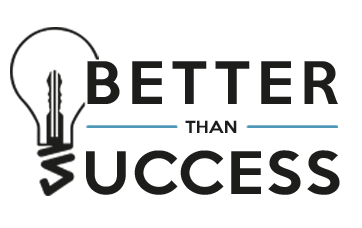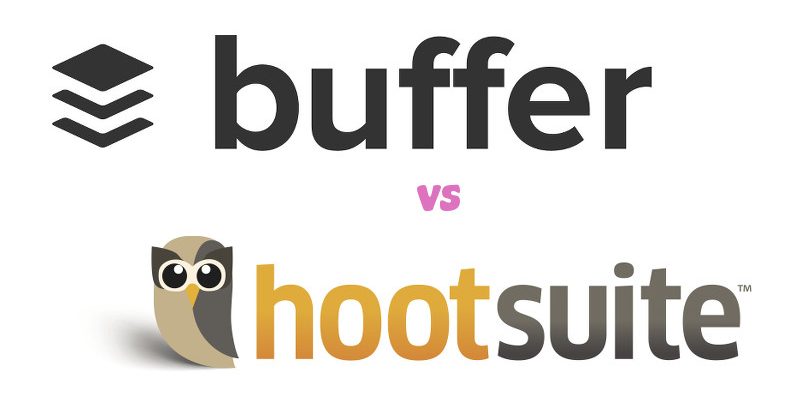When it comes to social media management tools, the two titans that tower over the rest are Hootsuite and Buffer. The idea is that both of these tools allow you to publish and schedule social media posts. They each have varying scopes, but are so close to each other it can be hard to figure out which is right for you.
They both help you reach the same goal, which is scheduling and posting content, but what they provide for you and how you can go about using them takes a drastically different approach and workflow.
Hootsuite
Hootsuite allows you to monitor your social media feeds and post an update in advance. It’s a more manual version of Buffer but allows you to pick what times work best for your clients. It’s harder to deal with bulk updates, but that’s because Hootsuite isn’t designed for them. It works as a way to schedule posts out in advance and see interactions. I love to use HootSuite to monitor various tabs in the dashboard.
The Paid Plan
Hootsuite’s paid plan, the “Pro” version starts at 9.99. It allows you to set up an account for a team member, and for an additional 15 dollars, you can add another team member profile. It allows you to control 50 social media profiles at once and gives you the option to post have 350 posts scheduled ahead of time.
Pros
- Better for interactions. It has a clean interface to view your content and keep tabs on your social media feeds.
- Plans are more affordable than Buffer and the basic versions give more to you. If you’re a small business this can be the deciding factor for you.
Cons
- Restricted to ow.ly links for link shortening. You cannot run any other link shorteners but Hootsuite’s. This means if you use bit.ly for analytics, then you will no longer have access to that. If that doesn’t matter to you, it’s not really a con, but if it does, it’s a pretty big con, especially with the poor analytics that Hootsuite provides.
- If you schedule updates to a link that is not live yet, Hootsuite will grab no data from that link when it eventually publishes. This means it will not grab the title, any snippets from the text, or anything of the sort. Instead, you have to specify those things in Hootsuite, instead of letting it figure that out on its own, which adds another step to the process.
Buffer
While Hootsuite allows you to choose the specific times to post an update, Buffer is much more oriented towards grabbing a lot of content and just letting the website to update it by itself. The idea is you collect interesting articles and set up your tweets and allow Buffer to post for you. You create an initial posting schedule and Buffer will stay in line with that and, as long as you’re adding in content, it will continue to post for you. Here’s a step-by-step tutorial
The Paid Plan
There are three tiers of paid plans, “The Awesome Plan,” “Business,” and Enterprise. The Awesome plan starts at 9.99 and allows you to connect only 10 social media accounts, but gives you no access to team member accounts, but allows you to keep 100 updates in the queue. The “Business” plan costs 50 dollars, minimum, and can go up to 250 dollars. This gives you a span of team 1 to 25 team members and 11-150 social media accounts. All tiers at this level give you 2,000 posts to work with. The Enterprise tier is a negotiable price point with them, but is designed for more corporate settings.
Pros
- Better for Analytics. Analytics from Buffer are free and more organized. If you value knowing the performance of your pieces and how they’re being received, than Buffer completely outclasses Hootsuite in this regard.
- Buffer allows you to create images for use in your social media feeds. If you value creating visual content for your twitter feed, such as quotes on images, then you’ll be happy to learn that this a built in concept
Cons
- Can easily get more expensive if you’re working within a team. Getting profiles for team members costs much more than Hootsuite.
- It’s much more difficult to schedule a post for a specific time. If you need posts to go out at specific times as opposed to confining yourself to a specific schedule, than Buffer will create some problems for you.
Buffer is more expensive but that’s because it’s oriented towards a larger business. The basic version of Hootsuite, or even the monthly plan provides more benefits for small businesses than Buffer. If you value posting a large amount of content and getting information for that, than Buffer is a better option for you. This is best for companies that are well established and have a large amount of social media profiles to monitor and work with. If you’re just starting out and value monitoring your social media feeds and have fewer social media posts to make, than Hootsuite would fit your company better.







